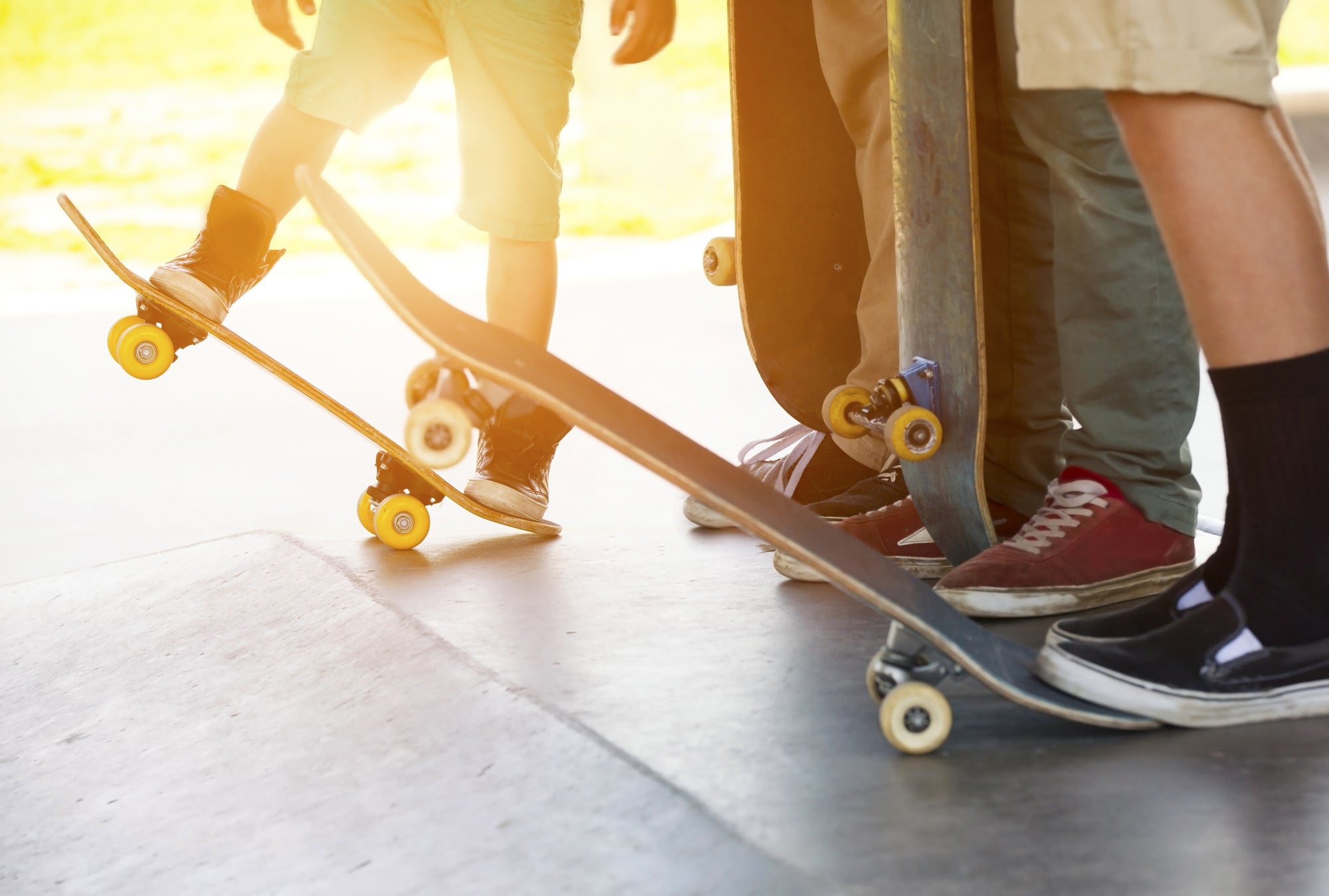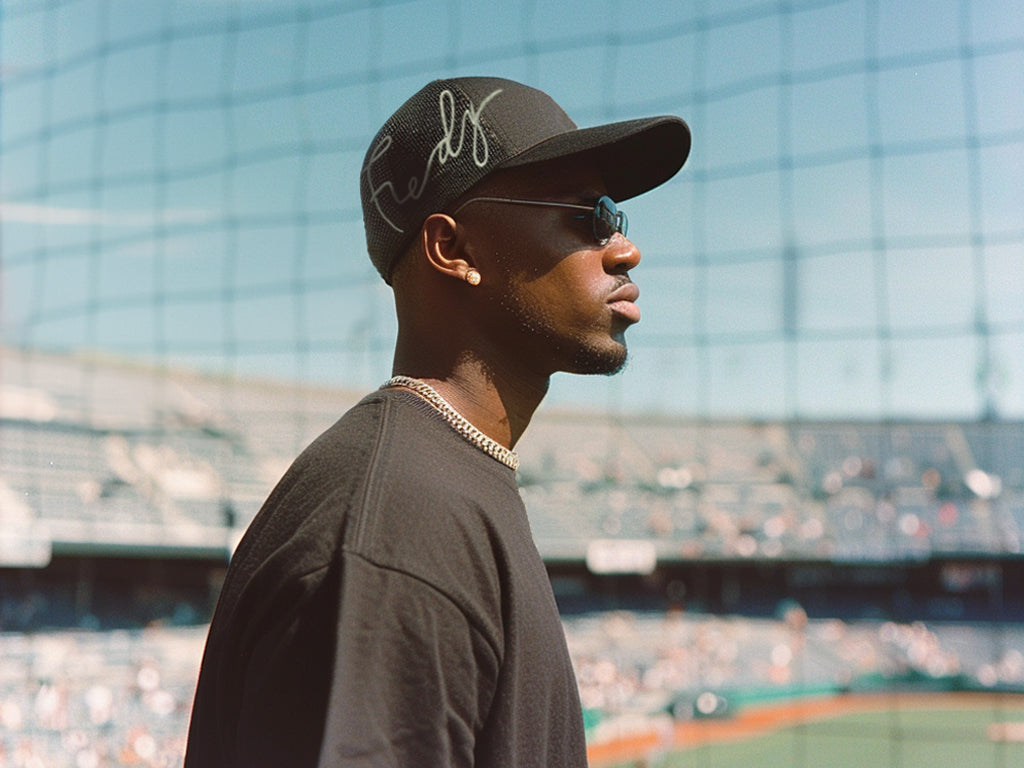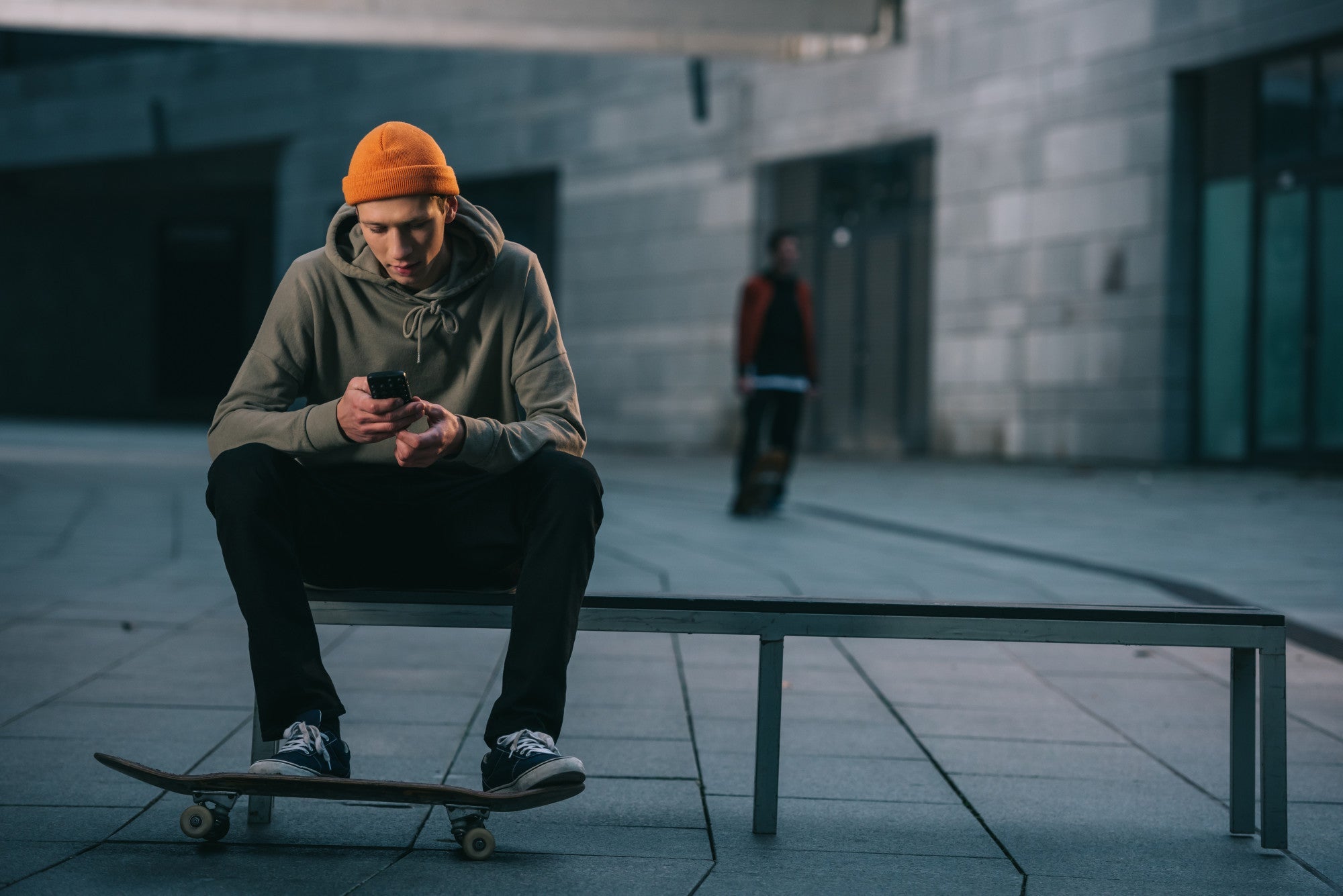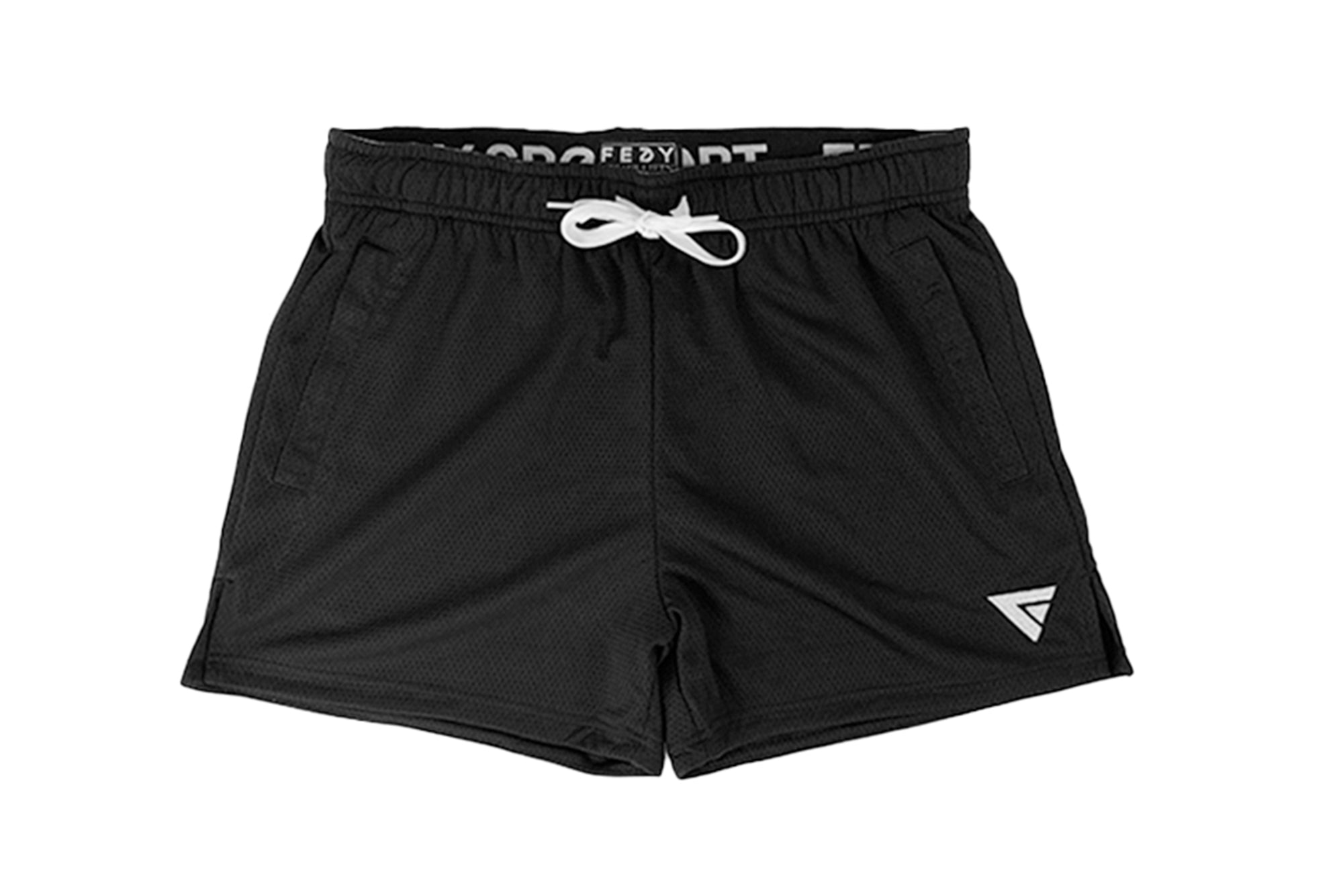
Skateboarding Culture: It's History and It's Impact
It epitomizes a life of making your own choices, having fun, and doing what we want - without apology. People who skate share a bond that transcends just fashion.
As many as six million people skateboard in the US alone. It’s not just a pastime, it’s also a sport and a way of life, especially in youth culture. Yet in many ways, it’s still seen as an outside counterculture sport.
That said, it’s been around since before the Second World War and looks like it’s here to stay. So, what’s the background, and which areas of life have skateboarding influenced?
Let's take a look...
Let’s Rewind Before We Unwind
The first commercial skateboards appeared in 1959. More basic versions were around long before that and were just an old board stuck on some roller skate wheels.
Fast forward to the 50s when skateboard manufacturers sat up and capitalized upon surfing’s popularity, creating an affordable and dry land version.
Makaha and Hobie are widely credited for creating the first commercial boards, and in 1963, Makaha formed the first-ever professional skateboarding team. The first professional championships in California (where else?) followed.
The '70s
Things took a fast turn in the 70s when designs improved, including wheels that were maneuverable and made of polyurethane.
This is the point where what’s known as 'the kicktail' was incorporated into the design. It’s what allows skateboarders to make kick turns.
Skate parks began popping up, and in 1977 the Ollie was invented. Famous skateboarder Tony Hawk shows you just how to jump, and your board sticks to your feet without you using your hands. That’s the Ollie!
Skateboarding’s popularity continued in the 80s and 90s, and, with the expansion of video and lately the internet, skateboarding films and clips began appearing and became an influential part of broadening the sport’s appeal.
Board designs continued to improve, and in 1999 the Tony Hawk Pro Skater Video Game hit the market, giving the underground culture more exposure, including identifiable skateboard fashion apparel.
So, that’s the short and sweet skateboarding history lesson, how about its influence on popular culture?
Music
Skateboarding’s popularity in the US in the 70s and 80s, especially in California, coincided with the emergence of punk culture.
It shared the sport’s anti-establishment vibe and skate punk was born, with bands like JFA, Ill Repute, and Suicidal Tendencies leading the charge. As skating hit the mainstream, its music started to appeal to broader tastes with bands like Blink 182, for example.
Fashion
The more popular and visible skating became, the more fashion designers and outlets sat up and paid attention, creating an identifiable look that appeals to younger audiences with cash to spend.
So much so, that better-known skaters and events got sponsorship deals. Typical skating-style clothes included t-shirts, hoodies with graphics and baggy shorts, or pants.
Film and TV
Skateboarding culture has been around in films and TV for some time now. Think back to Teenage Mutant Ninja Turtles and their use of skateboards throughout their movie, TV, and merchandising franchise.
What about the classic Simpsons episode where Bart moves out from home and meets Tony Hawk?
Getting serious for a moment, don’t forget famous skateboarding documentaries Z-Boys and Dogtown. Last but not least, TV reality stunt/prank show Jackass, which was a big part of the skateboarding culture in the 2000s.
Video Games
Other than the aforementioned Tony Hawk game, gaming culture too has its fair share of skateboarding culture, and we don’t just mean TMNT and The Simpsons respective games.
Someone who's never stood on a skateboard before will likely be playing or have played a skateboarding video game.
Today, there are more than ten video games that bear Tony Hawk’s name, including his ProSkater series. They’re available to play on Mac, mobile, Xbox 360, Nintendo Wii, Sony PSP, and PS3 as well as more traditional methods such as laptops.
That said, there are other non-Tony Hawk games out there, including Skatepark Tycoon, Backyard Skateboarding, and ESPN X Games Skateboarding, to name a few.
For anyone who can’t invest in paid games, there are also free online games too, such as Skateboard Jam, Subway Surf, Bike Blast, and GMax.
A Few Fun Stats
Not to be nerdy, but if you’re skeptical or just want to back up your story, here are a few fun stats to blow you away:
- The average age of skateboarders is between 13 and 14, and they skate around 51 days a year
- 90% of skateboarders are male, and 60% are under 15
- 77% of skateboarders prefer to shop with a specialist brand than top brand names
- Including the US, there are more than 20 million skateboarders worldwide
- A beginner’s skateboard can cost as little as $20, whereas professional ones cost around $100-$250 and more
- A set of 248 Supreme skate decks sold at Sotheby’s in 2018 for $800,000 to Vancouver collector Carson Guo
Interesting, right?
Ready to Embrace Skateboarding Culture?
What’s clear is that skateboarding’s influence on popular culture is big, and it’s not just down to the sport itself, but the clothes, attitude, and the lifestyle that appeals to so many people.
If this brief history and insight into skateboarding culture has intrigued you enough to go out and give it a try, you’ll need the basics to wear while you’re on your board. Check out our collections and impress your fellow skaters in more ways than one.





Leave a comment
This site is protected by hCaptcha and the hCaptcha Privacy Policy and Terms of Service apply.